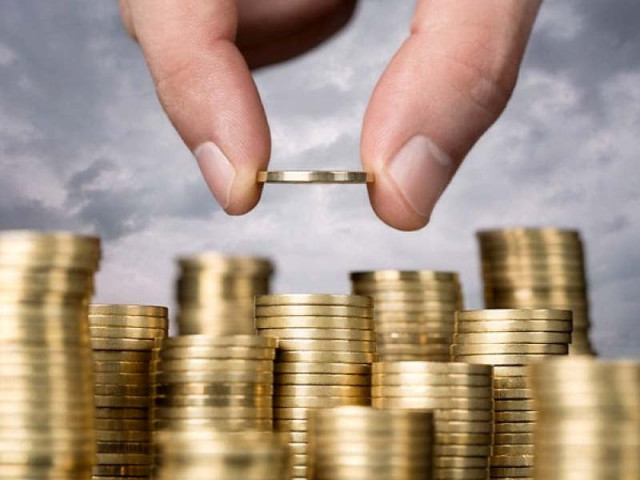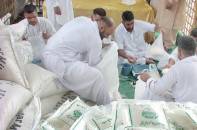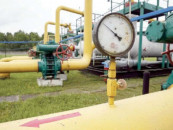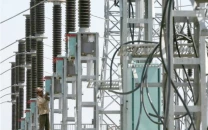Pakistan’s economic woes since 2008
Country has conveniently ignored, failed to implement tough structural reforms

Imagine a fairly young patient on heavy medication. He starts feeling good and watches motivational videos. Overconfidently, he skips a medicine for a few days and is suddenly rushed back to the hospital. This time, however, he is given even higher doses with last warning.
The story is a classic parallel of Pakistan’s economic woes since 2008. We have conveniently ignored and failed to implement tough structural reforms, deliberately.
Skipping details of the causes of infamously recurring balance of payments crisis, the subsequent economic (mis)managers have overlooked the perennial “cancerous” issues plaguing the economy.
Sometimes it’s kicking the can down the road by not disrupting the vote bank for the next rulers. Real statesmen – even when not in power – wouldn’t detach themselves from the economic reality. You can’t see the loved ones in pain. Ideally!
In Pakistan, while in the opposition, politicians criticise the policymakers for taking the decisions (fuel price hike) they would have themselves taken and force them to enact the economic reset (privatisation) that they themselves refrained from.
Ping-pong continues to an extent that the brains drain away from the country – only to send valuable remittances back – giving a lifeline to the next set of policymakers. The bar is deliberately kept low in this doom loop.
Pakistan has been relying on the luck for longer than necessary. Unforced errors have helped in 2014-16 (due to lower oil prices) and 2020-21 (Covid-led lower oil prices and interest rate cuts).
Again, this is not earned but is a mere stroke of luck. Feel-good factor in these periods has given us a false sense of governance supremacy without addressing the root causes.
The root causes remain inefficiencies in the system. In the last 13 to 14 years, losses in state-owned enterprises (SOEs), such as energy distribution companies, Pakistan Railways and Pakistan Steel Mills, have added the dead weight to the system, which could have been utilised for constructive education, healthcare, infrastructure and debt repayment.
It is beyond comprehension that all three political parties (PPP, PML-N and PTI) haven’t been able to turn around these termites. The answer is the absence of both political will and competency. Need an “abra cadabra” moment for privatising them. Or a Hafeez Shaikh wand?
Similarly, the perennial decline in the export-to-GDP ratio has made the wealthy comfortable with rent-seeking wants and investing in highly lucrative real estate in Pakistan.
Unless the capital gains on real estate normalise at 10-12% per annum for big-ticket investors, the rupee depreciation normalises at 5-6% per annum and continuity of political setup is ensured, the private sector would not be creating enough jobs to absorb the labour pool, which, by the way, is at the cusp of anger, immigration and criminal activities.
Furthermore, in the last 13 to 14 years, no world-class universities have been established to educate the heaps of masses exposed to the below-average quality education, creating a permanent middle-class trap.
No wonder, many young graduates are either resorting to working as ride-sharing captains or taking freelance projects to supplement their presumed “white collar” income.
At each economic dip – 2008, 2013, 2018 and 2022 – our situation has worsened. It’s worth criminalising the policymakers’ mistakes of increasing external debt, total debt, state-owned entities’ losses, indirect taxes and interest payments as a percentage of GDP.
Unfortunately, we have nearly hit the dead end. If you kick the can now, it would only bounce back to hit your eyes. Perhaps that’s what is needed to get a bigger picture that the next dip will take us to the club of defaulters – Argentina, Sri Lanka, Lebanon, Venezuela, Greece and Ukraine.
They all thought “we are too big to fail”. As an Urdu proverb goes, “mein ahm tha, ye mera wehm tha” (I was wrong that I was important).
Hence, we must acknowledge that the 21% inflation number may just be the beginning of an irreversible crisis if we do not plug holes in our blue-eyed “strategic” state entities, grow the export-to-GDP ratio to 15%, widen the tax base, grow the tax-to-GDP ratio to 15%, stabilise the rupee volatility, reskill our nation, encourage the private sector to create jobs and document the economy.
It has come to a point we vow to either eat grass or go hungry, but we will grow economically. We will land with the nuclear arsenal decades later. Well, an agreeable timeline to regain economic sovereignty.
The writer is an investment specialist with keen interest in political economy
Published in The Express Tribune, July 4th, 2022.
Like Business on Facebook, follow @TribuneBiz on Twitter to stay informed and join in the conversation.



















COMMENTS
Comments are moderated and generally will be posted if they are on-topic and not abusive.
For more information, please see our Comments FAQ